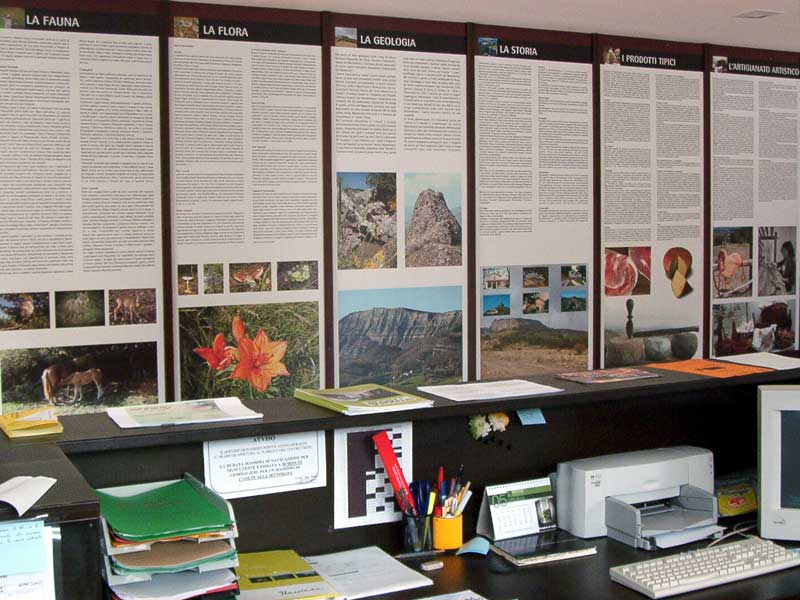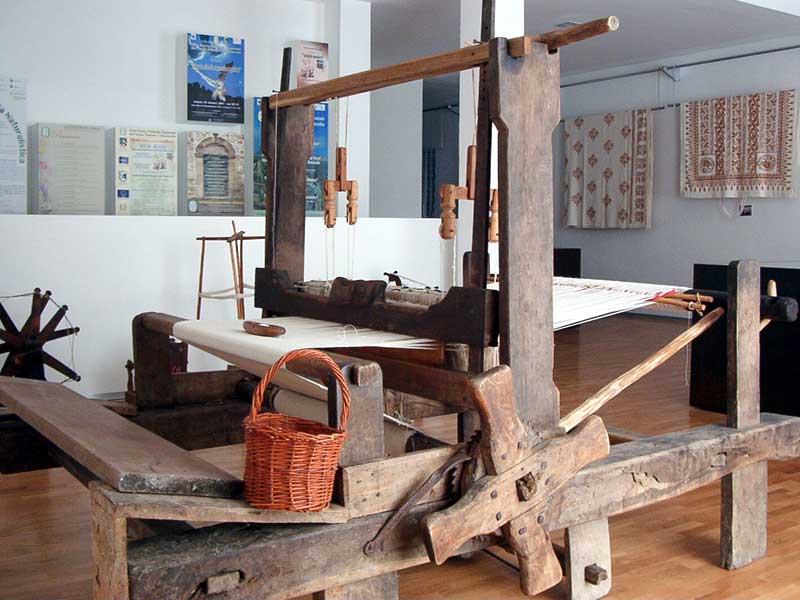Pontecappuccini Visitor Center
Tel. 0722/75350 - Fax 0722/75350
E-mail: centrovisite@libero.it
Pontecappuccini Park Visitor Center has been reorganized and enlarged as far as structure and content are concerned.
Currently, the structure is not only an information point and Park Visitor Center, but it also has several functions thanks to the versatility of its premises, favored by the large conference and didactic halls.
An ideal departure point for hikes and guided visits, the new Center is equipped with explanation panels dedicated to the local territory and is also available to organize exhibits, courses, and workshops.
Pietrarubbia: Some History
Petra Rubea is an ancient town which has been recently recovered and where you can still see a few but charming ruins of the old castle. According to historians, the castle was organized around an impregnable fortress surrounded by double walls, to the extent that in the 17th century the double drawbridges, the rests of the two portals and of the bulwarks were still visible. Today you can observe the ancient Torre del Falco, and the stones used for the guns and provided with aim nicks that have been bricked up in the walls of the houses.
The citadel was born as an important Feretrano Castle in the early Middle Ages. Towards the half of the 13th century the house of the Earls of Montecopiolo split up into two different branches, and part of the family estates passed to the Guelph Earl Taddeo, who became the Lord of Pietrarubbia.
Theater of bloody struggles between Malatesta and Montefeltro, towards the end of the 14th century Pietrarubbia became the outpost of Malatesta against Frontino, linked to the Duchy of Urbino, to which it was annexed around the half of the 15th century.
The town also houses the mystic Monastery of the Capuchin Friars, founded in 1531. Here St. Jospeh of Cupertino, the famous "flying friar", lived. The church preserves works of art dating back to the 17th century, among which an interesting Via Crucis in terracotta and a precious wooden altar.
At the beginning of the 1970s, the sculptor Arnaldo Pomodoro, born and raised in Montefeltro, came with some friends to visit the town and felt he had to do something to "save it". After purchasing some buildings, he renovated them and sensitized the local institutions, which responded with great enthusiasm.
In 1990, in association with the Municipal Administration, a top school of craftsmanship for artists and sculptors was founded: the TAM Center ("Trattamento Artistico dei Metalli", that is Artistic Treatment of Metals).







